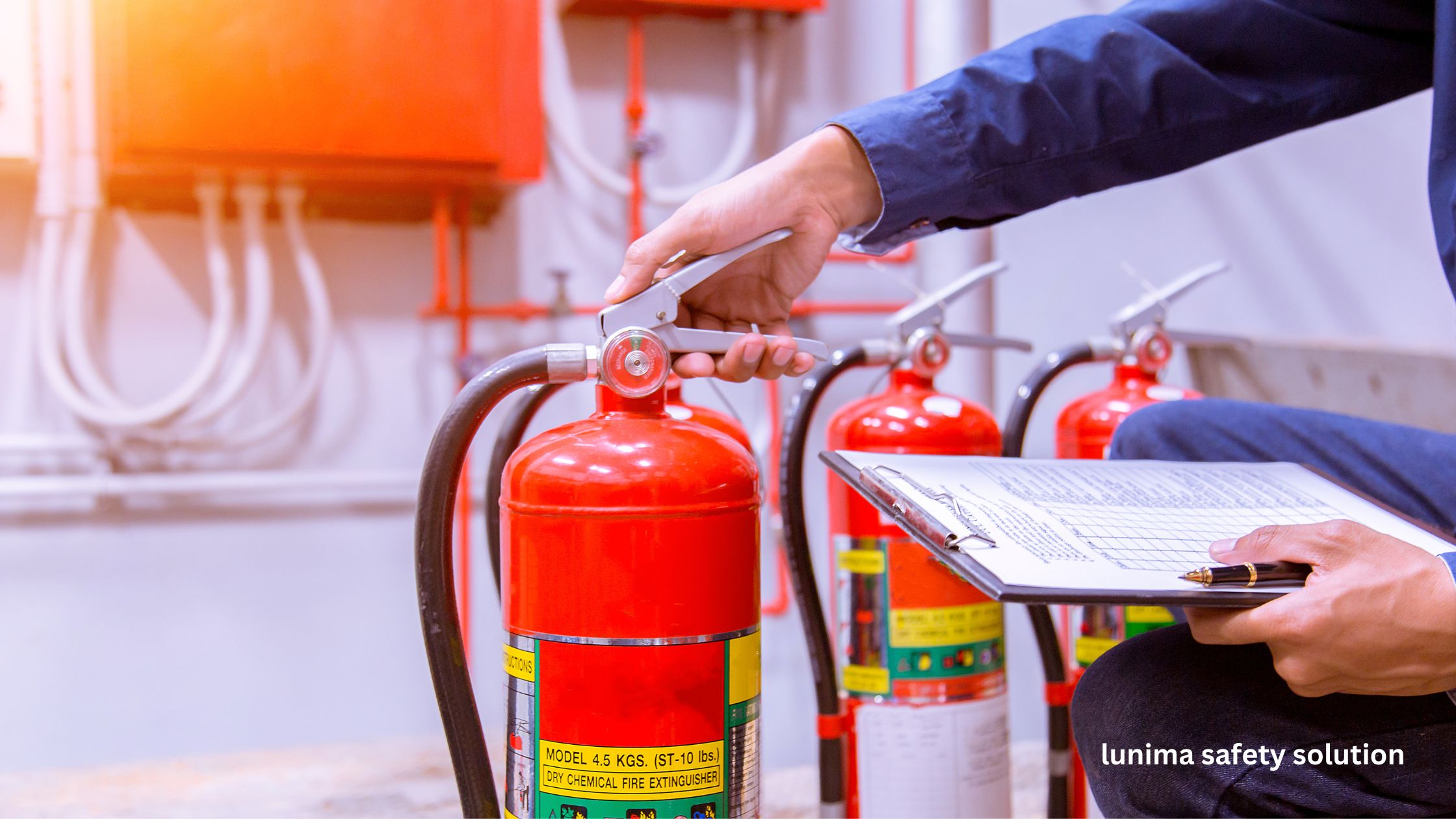In an era where urbanization and high-rise constructions are on the rise, ensuring fire safety in buildings has never been more critical. Fire incidents can lead to devastating consequences, including loss of life, property damage, and significant financial implications. This article explores various fire safety solutions for buildings, emphasizing the importance of proactive measures to safeguard occupants and property.
Understanding Fire Safety
Fire safety encompasses a range of strategies and practices aimed at preventing fire outbreaks and minimizing their impact. Effective fire safety solutions not only protect lives but also enhance the resilience of buildings against fire hazards.
Key Fire Safety Solutions
1. Fire Detection and Alarm Systems
Early detection is crucial in fire emergencies. Installing advanced fire detection and alarm systems can significantly reduce response times. These systems include smoke detectors, heat sensors, and manual pull stations, which alert occupants and emergency services promptly. Regular maintenance and testing of these systems are essential to ensure their reliability.
2. Fire Suppression Systems
Fire suppression systems, such as sprinklers and fire extinguishers, play a vital role in controlling and extinguishing fires. Automatic sprinkler systems can quickly douse flames before they spread, while portable fire extinguishers allow occupants to tackle small fires safely. Proper placement, maintenance, and training on how to use these systems are critical for effectiveness.
3. Fireproofing Materials
Utilizing fireproofing materials in construction is an essential strategy for enhancing fire safety. These materials, such as fire-resistant coatings and insulation, help prevent the spread of flames and protect structural elements from heat damage. Incorporating fireproofing solutions during the design and construction phases can significantly improve a building’s fire resistance.
4. Fire Escape Routes and Exits
Designing clear and accessible fire escape routes is vital for occupant safety. Buildings should have well-marked exits, illuminated pathways, and unobstructed escape routes. Regular drills and training for occupants can familiarize them with emergency procedures, ensuring a quick and orderly evacuation during a fire.
5. Fire Safety Training and Education
Educating building occupants about fire safety is crucial. Conducting regular training sessions on fire prevention, emergency response, and the proper use of fire safety equipment can empower individuals to act effectively in case of a fire. Awareness campaigns can further reinforce the importance of fire safety practices.
6. Regular Inspections and Maintenance
Routine inspections of fire safety systems and equipment are essential to ensure their functionality. Engaging professional services for regular maintenance can identify potential issues before they become serious problems. Compliance with local fire codes and regulations is also crucial in maintaining a safe environment.
Conclusion
Implementing effective fire safety solutions for buildings is not just a regulatory requirement; it is a moral obligation to protect lives and property. From advanced detection systems to fireproofing materials and occupant education, a comprehensive approach to fire safety can significantly reduce the risks associated with fire incidents. By prioritizing fire safety, builders, property owners, and occupants can create safer environments that stand resilient against fire hazards.



